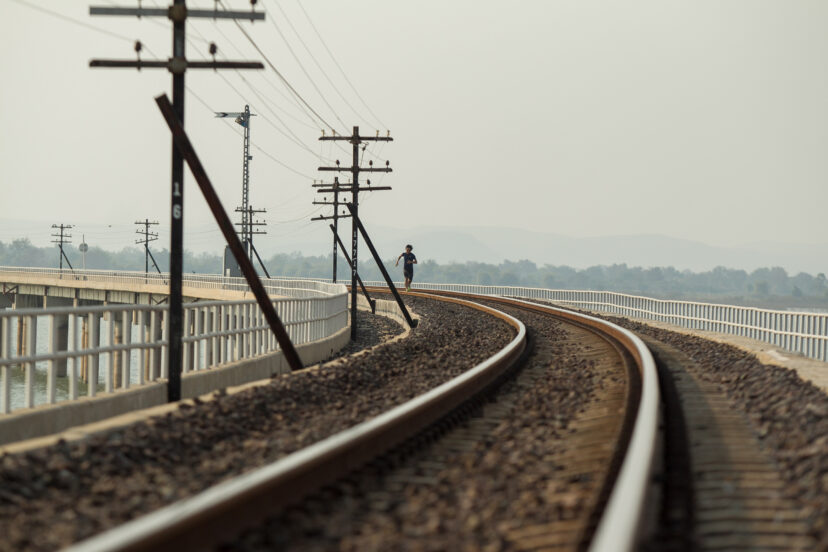Creative Uses for Leading Lines in Photography
Have you ever seen a photo where your eyes are effortlessly drawn toward a subject? That’s the magic of leading lines. As a photography educator and passionate shooter myself, I love using this technique to add visual depth and intention to my compositions. Let’s dive into the many creative ways you can use leading lines in photography—with real-world examples and tips to help you master it.
What Are Leading Lines in Photography?
Why Leading Lines Work
Leading lines are simply lines in your photo that guide the viewer’s eye to the focal point. They create a path—literally or figuratively—that tells the viewer where to look.
The Psychology Behind the Composition
These lines mimic how we naturally read and interpret scenes. Our brains love direction, and when a photo gives us a visual “road,” we instinctively follow it.
Types of Leading Lines You Can Use
Straight Lines
Straight lines give a strong, clear direction. They’re often found in urban environments or built structures.
Roads and Sidewalks
Think of a long highway disappearing into the horizon—your eyes follow that path all the way through the frame.
Fences and Railings
Railings can beautifully frame a subject while pulling the eye through the image. They work well in both rural and city settings.
Curved Lines
Curved lines feel more gentle and mysterious. They’re excellent for creating flow and interest.
Rivers, Trails, and Snaking Paths
A winding forest path can add a touch of storytelling to your landscape photos. You’re not just leading the eye—you’re inviting the viewer on a journey.
Diagonal Lines
Diagonal lines add tension, energy, and depth.
Staircases and Shadows
These elements often offer strong diagonals, perfect for street or architectural photography. They introduce motion and dynamic angles.
How to Spot Leading Lines in Everyday Scenes
Training Your Photographer’s Eye
It takes time to train your brain to see lines that others might overlook. Next time you’re walking through a city, look at the curb, power lines, or shadows—they’re all potential guides for your image.
Using Foreground and Background Together
Sometimes the most compelling lines start in the foreground and point toward your subject in the background. Play with depth to make those lines really work for you.
Creative Leading Lines Photography Composition Examples
Urban Exploration: Using Architecture
Leading lines are everywhere in cities. Think bridges, subways, and alleyways. Look for lines that naturally point toward a subject like a person walking or a building with striking design.
Nature Photography: Trails and Trees
In forests, trails or rows of trees make excellent lines. Use them to lead into the heart of the forest or frame a focal point like a deer or a hiker.
Portrait Photography: Directing Attention
Lines don’t have to be literal objects. A hallway or a row of lockers can direct the viewer’s attention to your subject. Even posing your subject so their limbs or gaze leads the eye can act as a subtle leading line.
Tips for Composing With Leading Lines
Rule of Thirds and Leading Lines
Try placing your subject at one of the intersections of the rule of thirds grid, and use leading lines to guide the viewer to that point. It’s a perfect combo of two strong composition rules.
Frame Within a Frame
Use doorways, windows, or arches as both a line and a frame. It creates a sense of depth and helps isolate your subject.
Using Symmetry and Patterns
Leading lines work beautifully in symmetrical compositions. Use mirrors, reflections, or repeating patterns to double down on the visual direction.
>>> Full range and prices of DSLR kits HERE <<<
Mistakes to Avoid With Leading Lines
Overcomplicating the Shot
Too many lines can create confusion. Choose one or two strong lines that clearly guide the viewer’s eye.
Leading Lines That Lead Nowhere
Make sure your lines actually go somewhere—preferably toward your subject or an important area of interest. Otherwise, they’ll just distract the viewer.
Post-Processing for Enhancing Leading Lines
Cropping for Better Impact
Don’t be afraid to crop your photo in post. You might find a much stronger composition when you emphasize your leading lines more deliberately.
Light and Contrast Adjustments
Use light and shadow to enhance your lines. Increase contrast in areas where lines are present to make them pop.
Tools and Gear Recommendations
Wide-Angle vs. Telephoto Lenses
Wide-angle lenses exaggerate perspective and make lines feel more dramatic. Great for landscape and architecture. Telephoto lenses compress space and can also be used to align distant lines with your subject.
Tripods and Perspective Control
A tripod helps you frame more precisely, especially in low light or when you’re trying to get perfect symmetry with your lines.
Wrapping It Up
So there you have it—leading lines are one of the most powerful tools in your photography toolkit. They don’t just make your photos look cool; they give them purpose and structure. Next time you’re out with your camera, look around. There are lines everywhere, just waiting to guide your next great shot.
>>> Full range and prices of DSLR kits HERE <<<
FAQs
1. What’s the best lens for leading line photography?
A wide-angle lens is often best, especially for landscapes and architecture, as it emphasizes the perspective of your lines.
2. Can I create leading lines in post-processing?
While you can’t create them from nothing, you can enhance existing lines with cropping, contrast, and dodge/burn tools.
3. Are leading lines only for landscape photography?
Not at all! They’re powerful in portraits, street, architecture, and even food photography.
4. How do I practice spotting leading lines?
Start by going on photo walks with a single goal: only shoot photos that have clear lines pointing to something. It sharpens your eye quickly.
5. What’s one quick tip to improve my leading line shots?
Get low! Changing your angle can make even subtle lines more pronounced and effective.
More relevant posts to read:
Nature Photography: A Personal Guide to Capturing Wild Beauty




